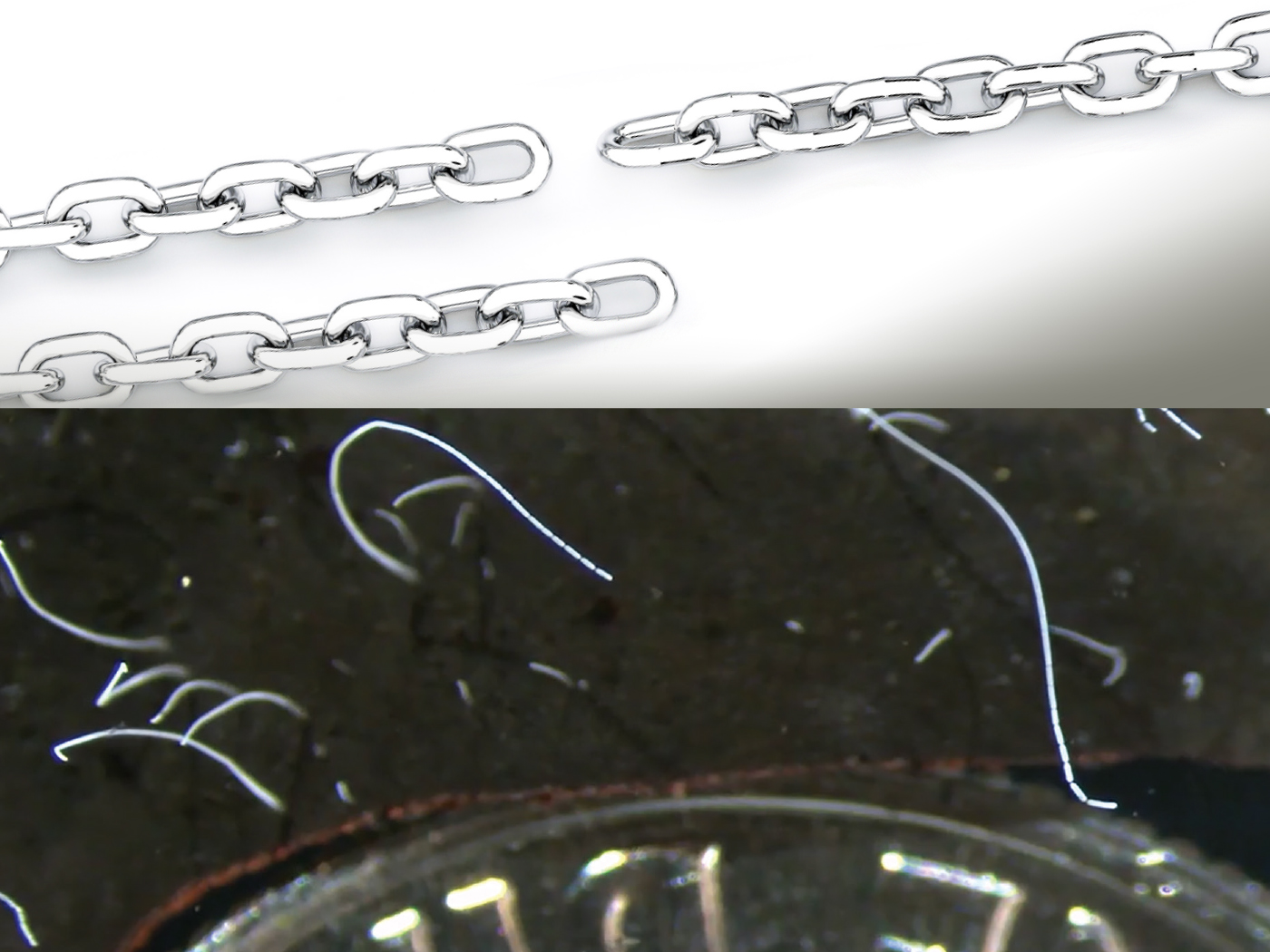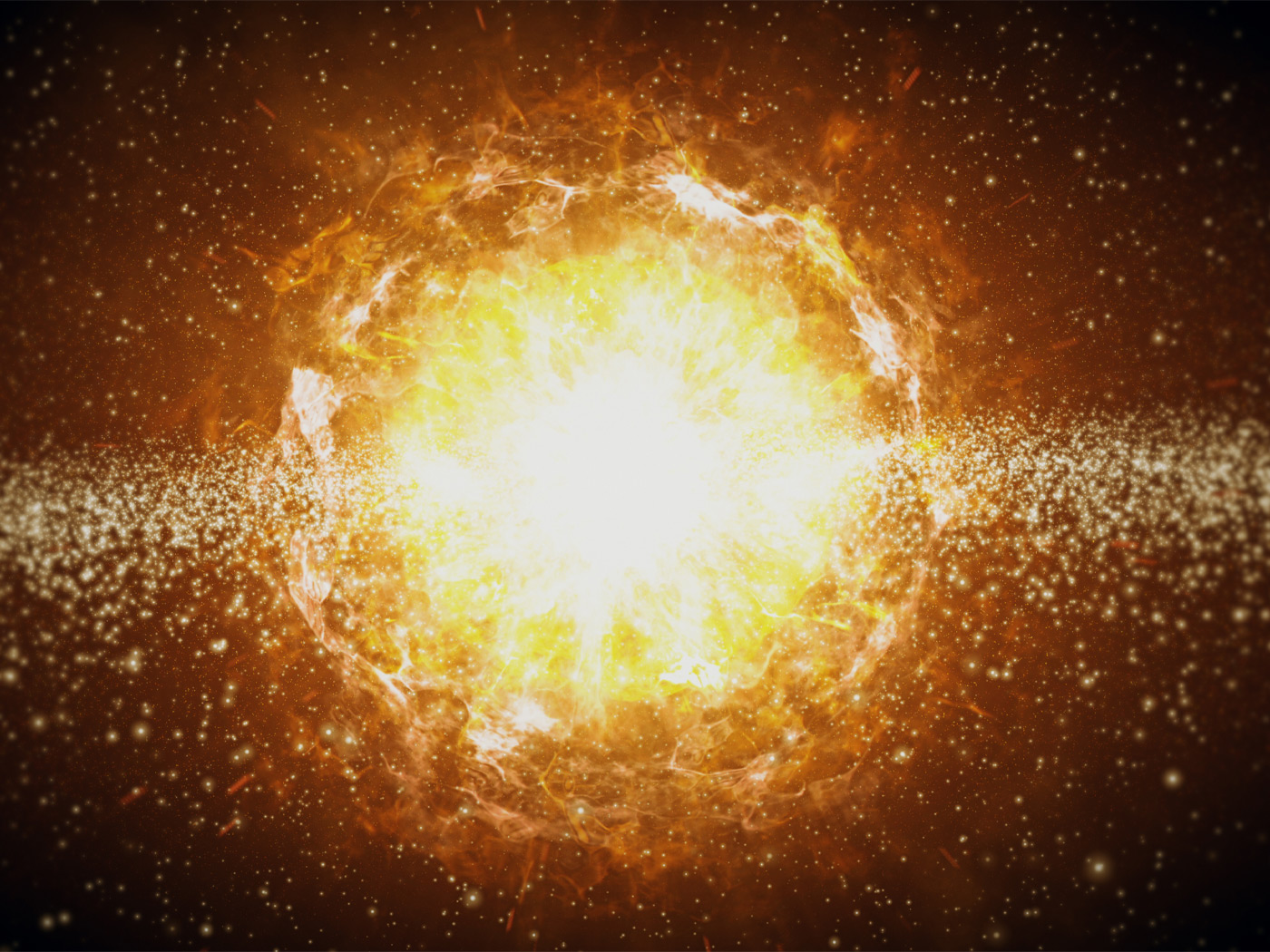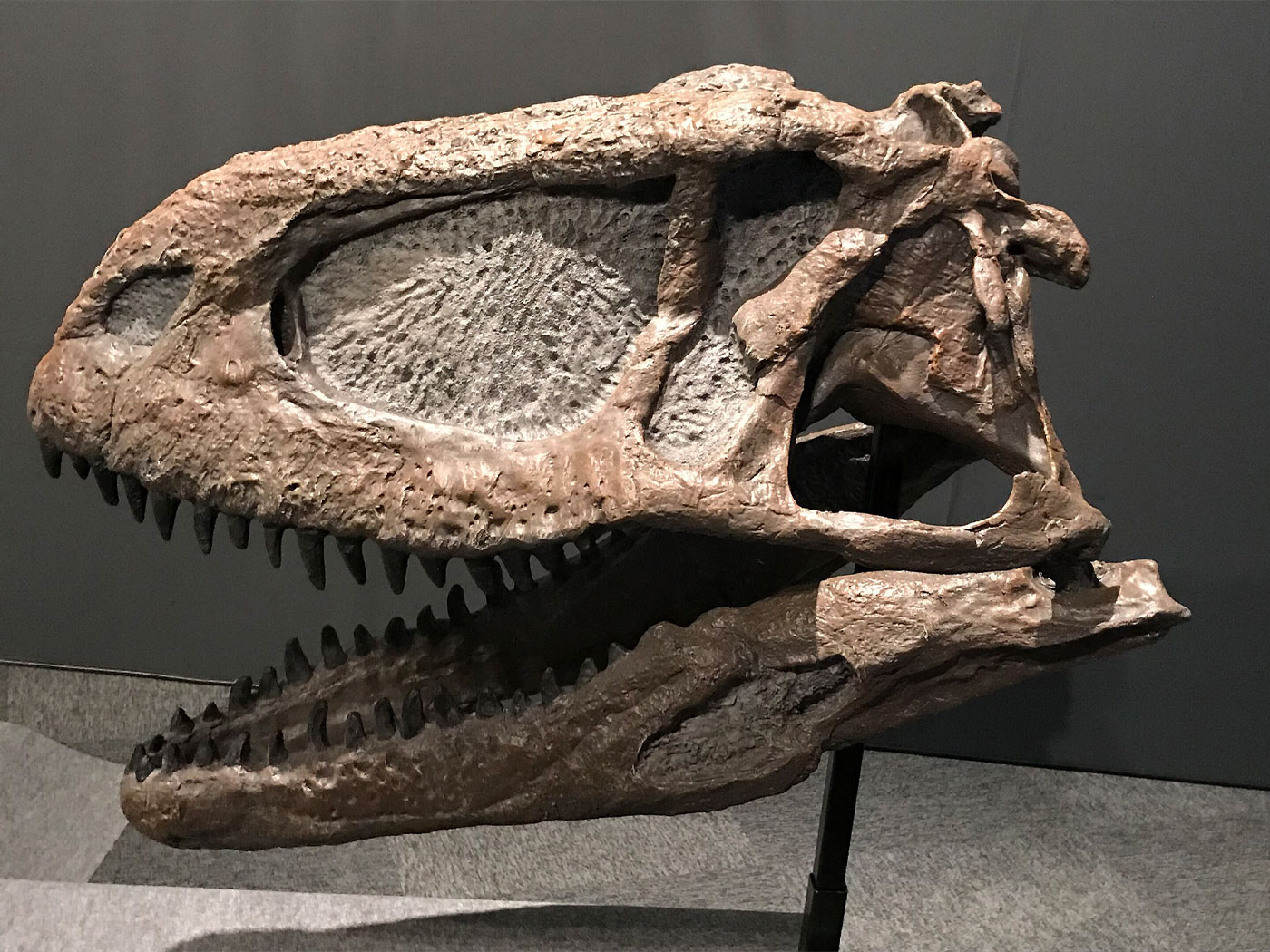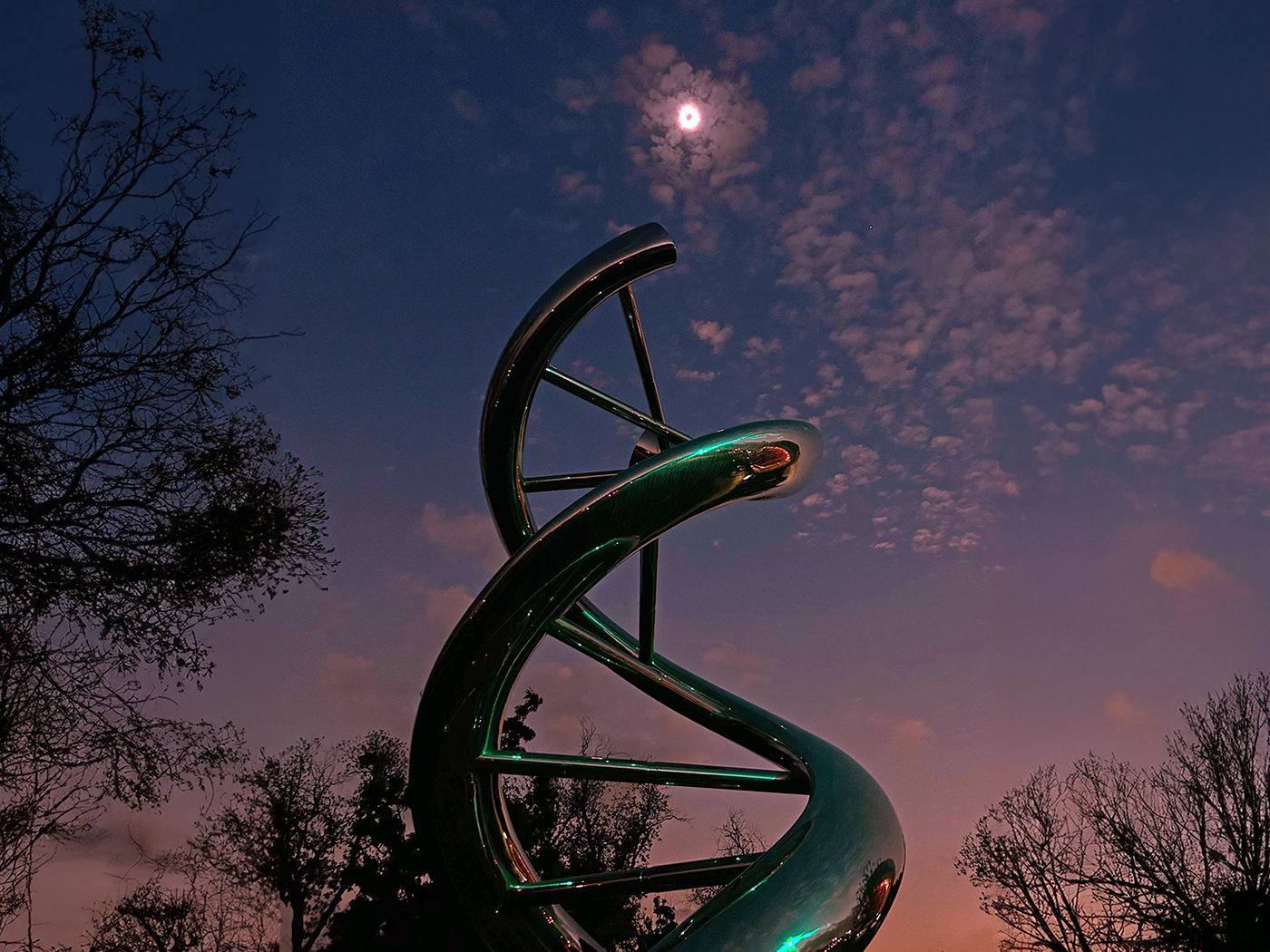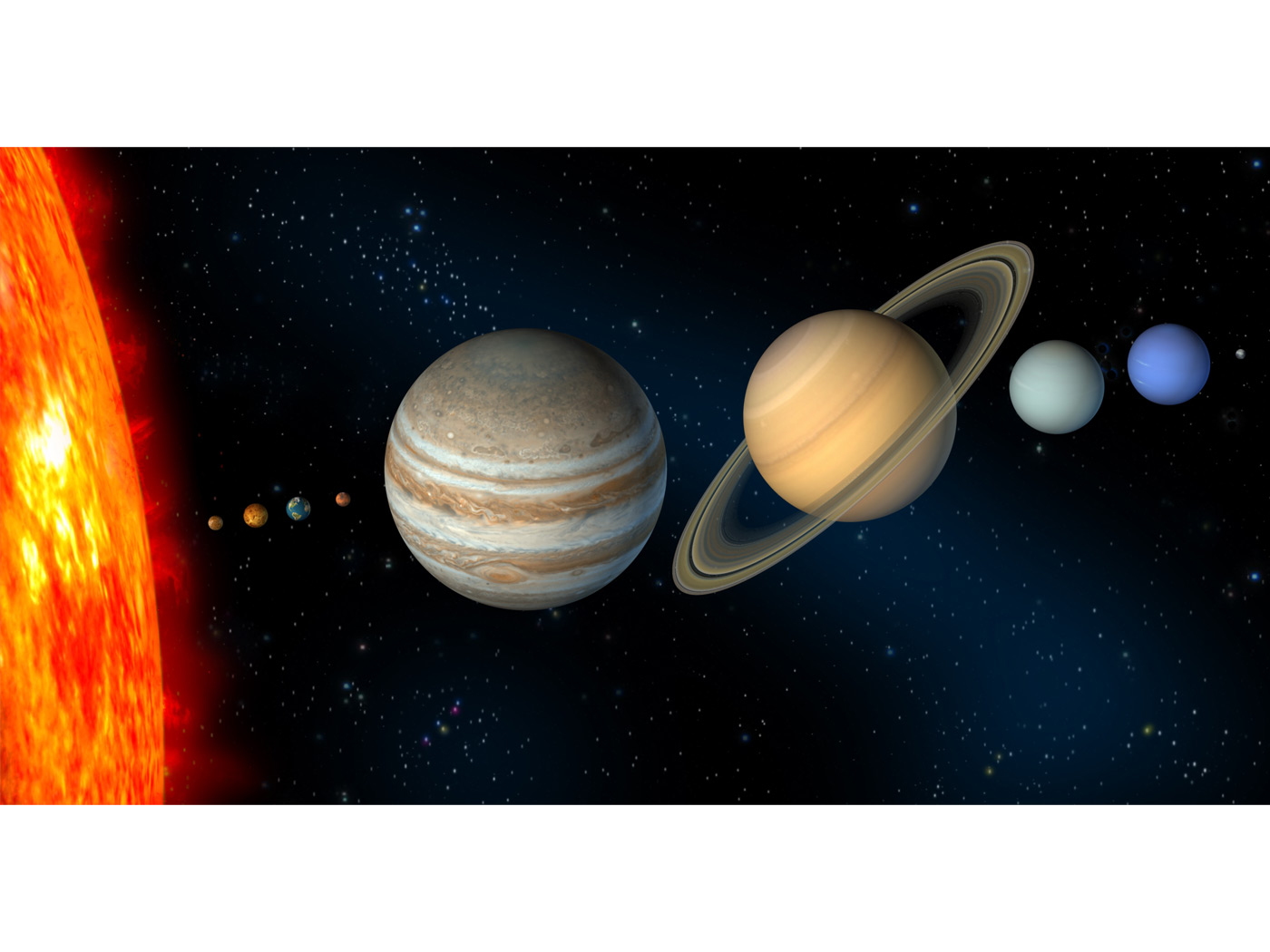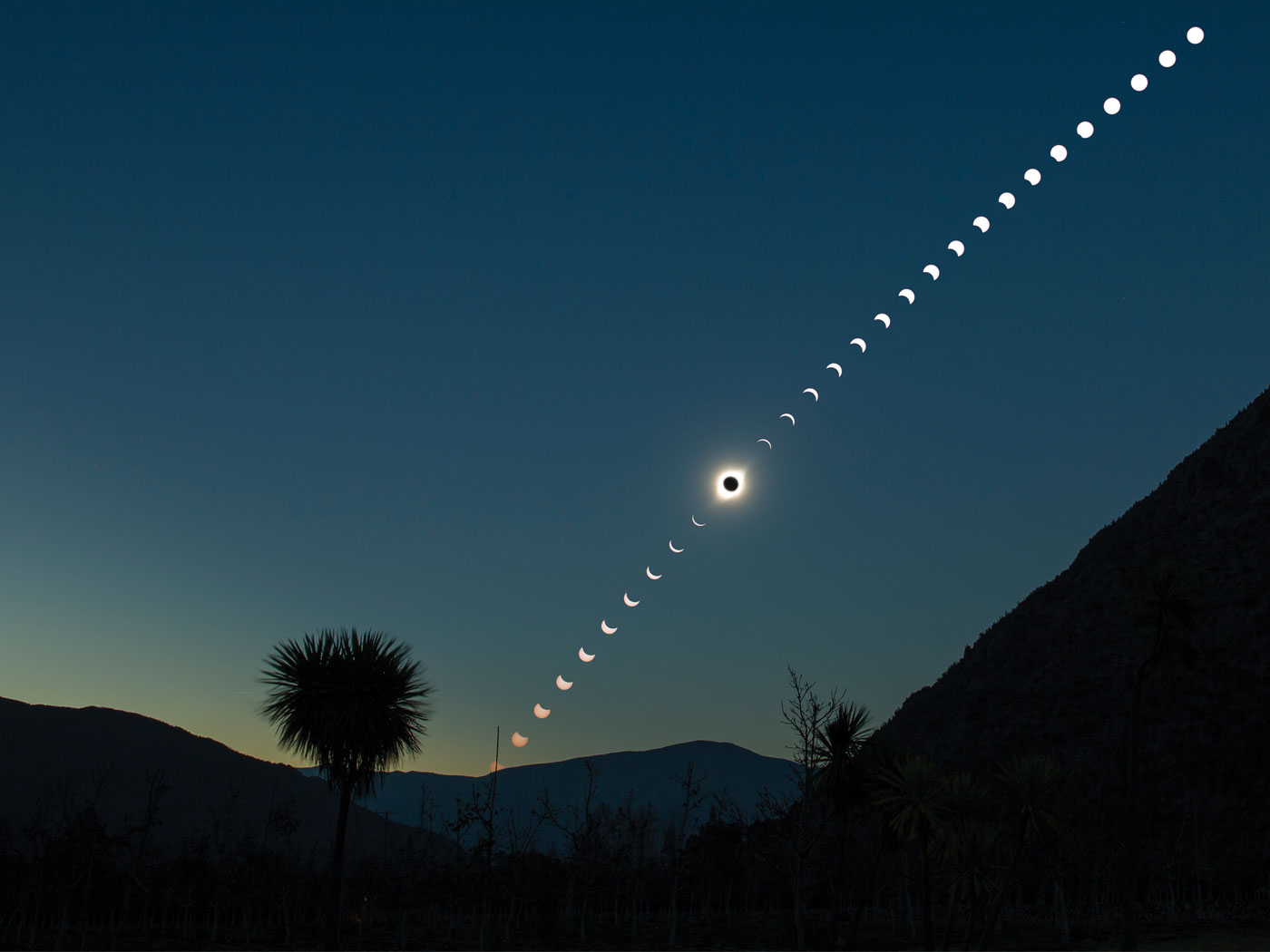One of earth's greatest assets is its life-supporting atmosphere. Only eight other bodies in the solar system are enshrouded in gas to a significant degree.1 Atmospheres can produce dramatic effects: winds, clouds, and precipitation. Since they share a boundary with space, where the solar wind dominates, atmospheres can provide information for evaluating the plausibility of theories about planets' age and habitability.
Mercury’s atmosphere was thought to be long gone, but the MESSENGER spacecraft showed that a slight amount of gas remains. Space.com reported that magnetic vortices reach the surface where the solar wind can blast away volatiles from surface rocks by a process called sputtering.2 The spacecraft also showed extensive volcanism, some of it recent, that may have supplied volatiles to its tenuous atmosphere. These volatiles (such as water vapor and carbon dioxide) were not thought to exist in the inner planets. Nature proposed that Mercury formed farther out and then migrated inward.3 Even so, it seems implausible that an atmosphere so near the sun has been in steady state for billions of years.
Most of Mars' early atmosphere is thought to have been eroded by the solar wind because the planet's weak magnetic field provides little protection. Earth's atmosphere feels the solar erosion, too, but on a much slower scale, because its magnetic field is much stronger. The evolutionary view of the age of earth's atmosphere requires two ad hoc rescuing devices: migration inward after formation in volatile-rich regions, then special delivery of atmospheric volatiles by impacts. Comets have long been suggested as sources for earth's oceans, but the differing hydrogen-deuterium ratios cast doubt on that hypothesis.
Venus has a thick atmosphere but almost no global magnetic field. Its volcanoes are not thought to be active. Why does it have so much gas left, if Mars--farther from the sun by 77 million miles--has lost much of its own? The lack of a thick atmosphere and global magnetic field very likely renders Mars sterile. Astrobiology Magazine reported on experiments with microbes exposed to Mars-like conditions. The UV radiation is devastating; there is no escape from it, even in salt crystals, scientists found. In addition, NASA scientist Andrew Schuerger listed 13 separate factors on Mars that could kill earth microbes.4
A planet's atmosphere is tied to its geology. The interplay of tidal interactions can produce volcanoes that release volatiles from the interior. Scientists are now realizing that a delicate balance is required.5 A dynamic crust is vital to an atmosphere's stability, but too much tidal activity (like on Jupiter's moon Io) can smother any incipient life. This means a "tidal habitable zone" and a "UV habitable zone" must constrain the "habitable zone" where temperatures permit liquid water. The zone around red dwarf stars (the most numerous) would increase tidal activity. Most likely, the three habitable zones do not coincide and life would not be possible around the majority of stars.
Atmospheres are being found to be too dynamic to endure for billions of years. In addition, the balance of conditions necessary for life seems more delicate with each new discovery. Comparative planetology shows that the factors governing atmospheres can vary widely. The evidence points to a young solar system with one planet, situated in a narrow habitable zone, with the right geology and atmosphere for life. If the planet is young, life could not have evolved. Design remains, therefore, the simplest and most elegant explanation.
References
- Venus, Mars, Jupiter, Saturn, Uranus, Neptune, Titan, Triton.
- Goodier, R. How Mercury Retains an Atmosphere. Space-Flight News. Posted on space.com June 8, 2009.
- Research Highlights. 2009. Planetary science: Mercurial Mercury. Nature. 459 (7248): 755.
- Hsu, J. Scarce Shelter on Mars. Astrobiology Magazine News. Posted on astrobio.net June 4, 2009.
- Stricherz, V. New definition could further limit habitable zones around distant suns. University of Washington news release, June 10, 2009, reporting on research published in Barnes, R. et al. Tidal Limits to Planetary Habitability. The Astrophysical Journal Letters, in press.
* David Coppedge works in the Cassini Program at the Jet Propulsion Laboratory. The views expressed are his own.
Cite this article: Coppedge, D. 2009. Atmospheres: A Narrow Zone for Life. Acts & Facts. 38 (8): 18.






